As happens on many homesteads, our chickens have stopped laying with the shorter winter days. We decided to let them follow their natural rhythms with the seasons and haven’t put a light in their coop to keep the eggs coming. We figure, if they naturally take a break for the season, we’ll let them follow that design!
Also, since we hope to eventually go totally off-grid, depending on a light just doesn’t line up with the plan. As a result of this, we have found ourselves rather eggless and searching for egg substitutes! Now, I know we could just drive down to the local mega-mart and load up on cheap cartons – it would be easy. But with self-sufficiency at the heart of why we are homesteading, we have decided to go without and learn how to enjoy things more seasonally.
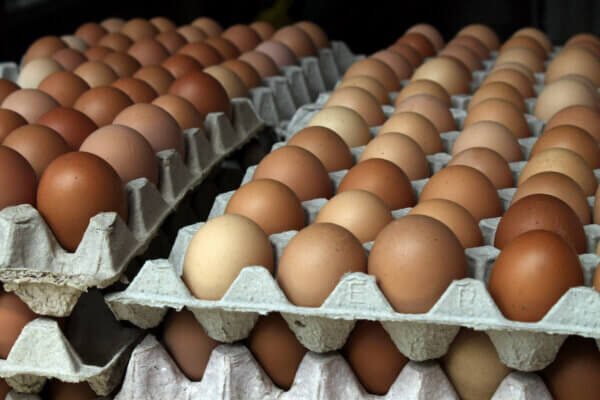
This is not a new experience for us, though. When we lived in the city, buying free-range, grass-fed eggs was expensive, and those eggs were precious. As a result of that scarcity, I learned a lot of alternative ways of baking breads and desserts, often reducing the number of eggs called for or replacing them with something different altogether.
I never thought that part of my city life would be so useful on the homestead, but it’s certainly come in handy this winter!
So even though we won’t see eggs in the nesting boxes for a few months yet, we are still enjoying homemade noodles, bread, and other bakery-fresh treats from our kitchen. The best part is, no one who has eaten these things has noticed a lack of eggs in the slightest.
So, whether you’ve suddenly run out of eggs, you’re giving your chickens a winter break, or you have guests coming over for dinner who are allergic to eggs or are vegan, I hope these egg substitutes and recipes can be useful.
Egg Substitutes
First, let’s talk about substitutes. I’m never a fan of fake versions of food – Fakin’ (fake bacon), tofu cheese, and vegan eggs made from algae all somewhat rub me the wrong way.
Why mimic what you don’t have? I’d much rather celebrate what I do have. With that, here are the four real ingredients I’ve used to replace eggs in recipes with great success.
Ground Chia

No longer merely the hair of a terra-cotta sculpture, these trendy seeds really do help bakery items adhere together as effective egg substitutes. I grind up about a tablespoon of the seeds in a mortar and pestle per egg required in the recipe and add about 1/4 cup extra liquid.
I find that they create a moist texture without adding too much of their own flavor and are decent in savory applications.
Ground Flaxseed
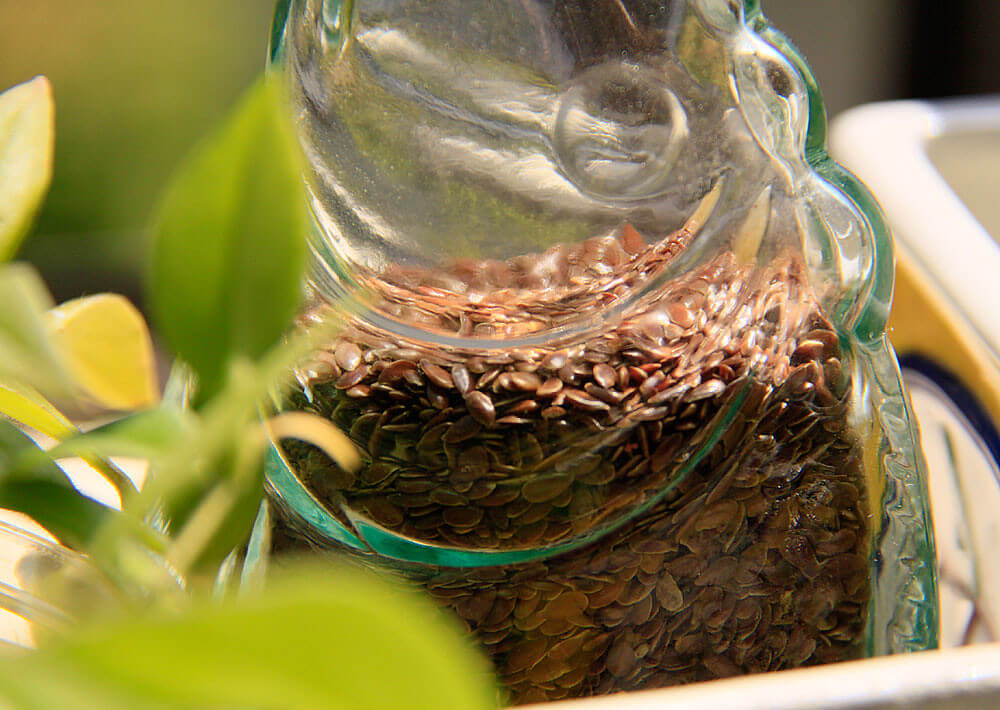
Much like ground chia, ground flaxseed can also be used to take the place of an egg in cooking.
Using the same ratios as chia (1 tablespoon ground seed + 1/4 cup extra liquid) seems to work out well. Be aware that flaxseed does impart its distinctive, somewhat nutty flavor.
Mashed Banana

When I have no eggs, mashed banana is my go-to for any sweet baking or cooking. Often the riper they are, the better they act as egg substitutes.
They contribute a good amount of sweetness as well as a fruity flavor, so they would NOT be good in savory applications.
Water Or Milk
You would be surprised how many recipes can work out just fine without egg or even an egg substitute! I find that many recipes with wheat flour – such as pasta or scones – just need some moisture to help the gluten strands do their work.
One-quarter cup of water should do the trick to take the place of an egg but be aware: This is the riskiest chance to take with a recipe. Some recipes really do need an egg to help bind it all together.
You-Won’t-Miss-The-Egg Scones
Want an excuse to test egg alternatives and make a tasty morning treat? Check out this tasty recipe for scones – no eggs necessary! Test out different egg alternatives and let us know how they turn out in the comments!
Ingredients
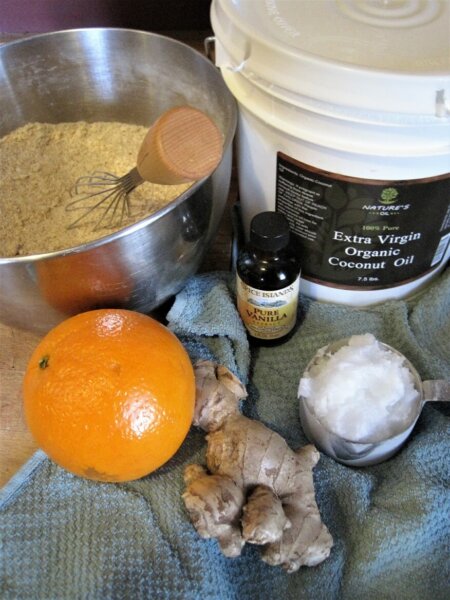
- 1 3/4 cups whole wheat flour
- 1/4 cup whole-grain, non-GMO cornmeal
- 1/4 cup unrefined sugar or honey
- 1/2 teaspoon baking soda
- 1/4 teaspoon salt
- 1/2 cup cold coconut oil (cold butter also works)
- 1 teaspoon vanilla extract
- 3/4 cup kefir, buttermilk, or whatever milk you’ve got
- 1 cup pomegranate arils (roughly the content of one pomegranate)
- 1 teaspoon orange zest
- 1 teaspoon fresh ginger zest
Directions
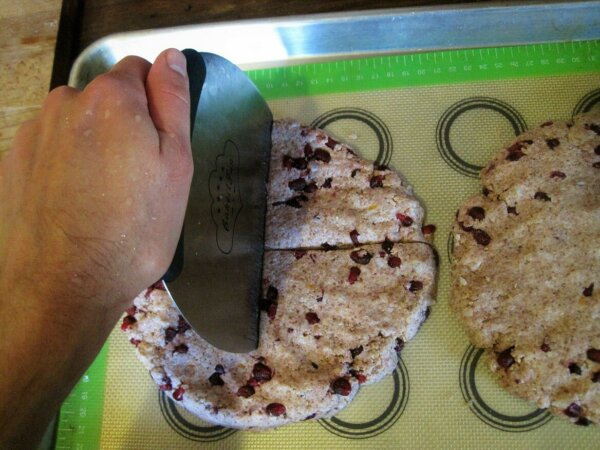
- Preheat oven to 400°F.
- In a large bowl, combine flour, cornmeal, baking soda, salt, orange zest, and ginger zest. If you are using sugar, you can mix it in here too, but if you’re using honey, hold off until we mix in the wet ingredients.
- Crumble the cold fat into the flour mixture, either cutting it with a pastry blender, fork, or if you’re a barbarian like me, with your fingers. It should have the texture of crumbly, wet sand.
- Add pomegranate, honey (if applicable), vanilla, and kefir (or whatever milk you’re using). If using homemade kefir, make sure you don’t have any stray grains escape into the dough – they get unpleasantly gummy and weird when baked.
- Mix gently and knead once or twice to make sure it’s incorporated, but don’t knead it enough to warm the dough or develop gluten strands – you want these to be crusty and flaky!
- Grease a baking sheet or line with a silicone mat. Divide the dough in half, then pat into two circles about 3/4-inch thick directly on the cookie sheet. Cut the circles into eighths. No need to separate them, though! They’ll stay separate while baking.
- If desired, sprinkle the tops with a little sugar for crunch.
- Bake for 20-25 minutes or until browned at the edges.
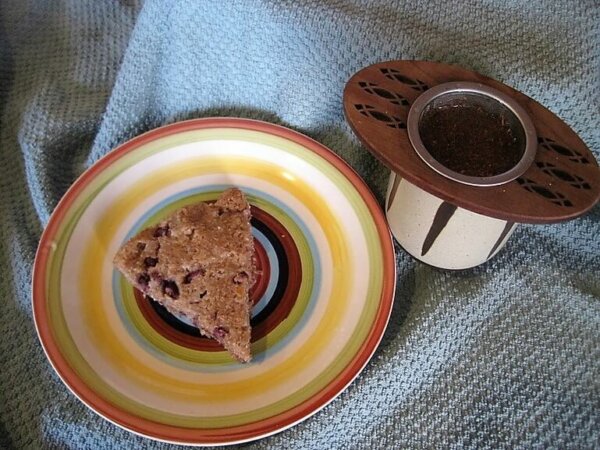
These are best served warm with tea or coffee and good conversation. They can easily be rewarmed in the oven if needed! If you want to make these ahead of time, get the dough on the baking sheets but don’t bake until it’s time –store in the refrigerator until then. Enjoy!
More Recipes To Experiment With
To make an eggless version of this wonderful Pineapple Upside-Down Cake, substitute the egg listed in the recipe with 1/4 cup water, 1 tablespoon ground chia, and 1 mashed banana. The banana wasn’t necessary, but I thought it went wonderfully with the pineapple flavor! The cake will be a bit more biscuit-like but still amazing.
Related Post: How to Turn a Single Chicken Into 5 Delicious Homegrown Meals
How about an egg-free, whole-wheat challah bread? Brush the top with a mixture of 1 tablespoon honey and 1 tablespoon milk before baking to get a nicely browned, slightly-shiny crust. It won’t be that lacquer-like crust that you’d get with an egg wash but still beautiful to look at when braided!
Or some quick-to-whip up, egg-free cornbread to go with your chili? We make ours with whole-wheat and whole milk, and my husband and I have found that we actually prefer this version to the one I often made with eggs!




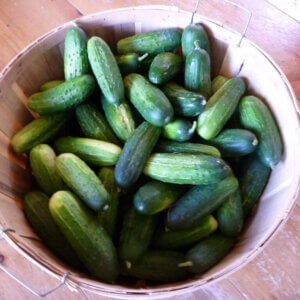
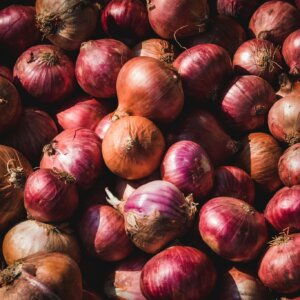






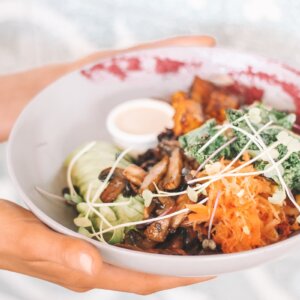


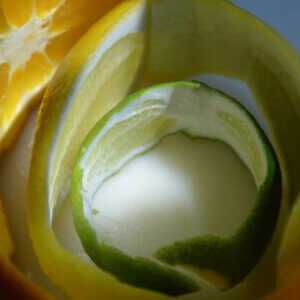

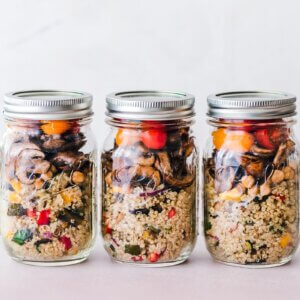


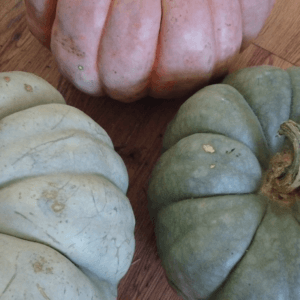
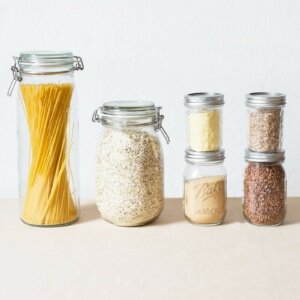
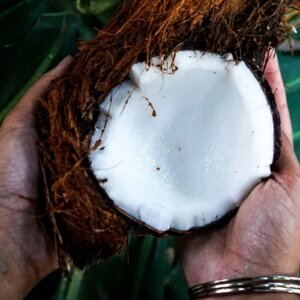


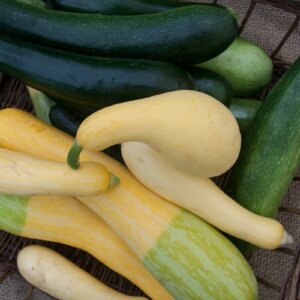









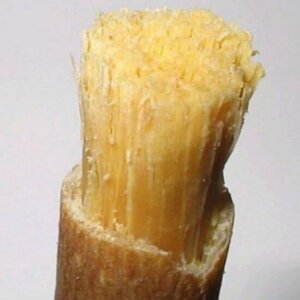





Leave a Reply